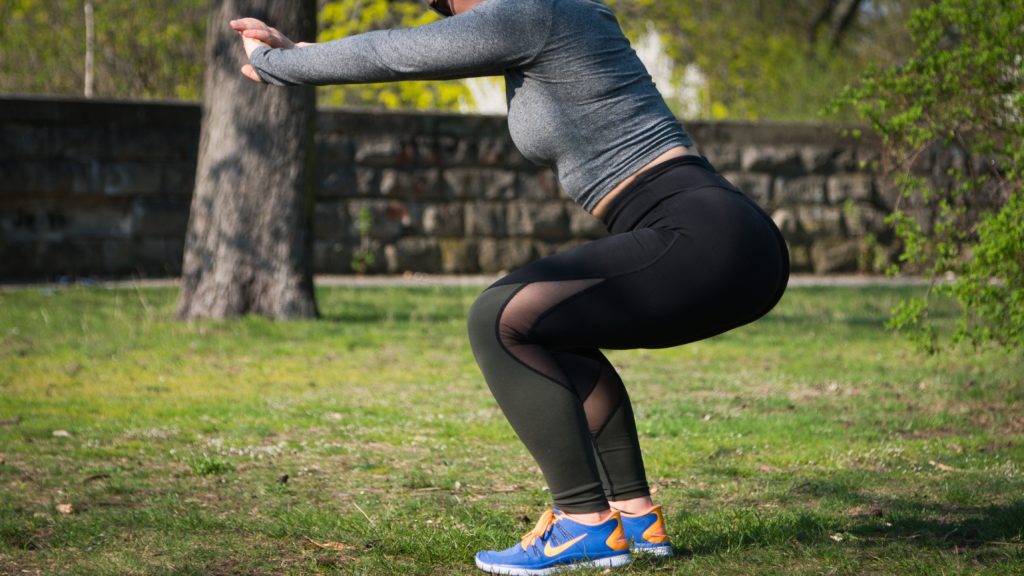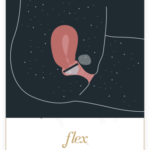Preparing the Pelvis for Labor and Delivery
Many women don’t realize until they are in labor that it is quite an athletic feat. In the movies, it is portrayed as a simple test of willpower and tolerance to pain. But in reality, any women that has gone through it can attest that childbirth is actually quite a workout! Just like with any marathon or sporting event, the mental and physical preparation beforehand makes a huge difference in how well you perform and recover. So I wrote down some details about the best tips for preparing the pelvis for labor.
Four Tips for Preparing the Pelvis
-
Breath
This is the one that gets a lot of attention. Most people have heard of Lamaze classes that teach you how to breathe (and thankfully, they no longer teach a method that makes you feel like you are hyperventilating!). There are actually a lot of different labor methods, though, besides Lamaze that focus on the physical and mental effects of breath control. I personally used a version of Birth Hypnosis for my first labor. While birth hypnosis sounds odd, don’t worry, I was not swinging a watch in front of my eyes and trying to go into a trance. This is a technique of using your breath to quiet your nervous system and to change your perspective on “pain” and “suffering” into more of an awareness of your progress throughout labor.
How to prepare your breathing for Labor
Practice using longer breaths, inhaling as long as 20 seconds and exhaling just as slowly. It is hard at first, but it gets easier as you get more coordinated with controlling your diaphragm. Ideally, that means that one or two long breaths will take you through an entire contraction. (Despite my practicing, I still had to use 2-3 breaths per contraction.) Here is a great video on birth hypnosis breathing to use as a companion to your practice.
In addition to just working on the length of your breath, you can also practice tightening and releasing your pelvic floor with each breath. On your inhales, visual lifting and drawing in your pelvic floor. Then, on your exhales, relax and release the pelvic floor. When it comes time to push, your body will be prepared to relax the pelvic floor as you bear down with force. (Many women will be bearing down to push out the baby and not realize that they are also clenching their pelvic floor muscles, effectively blocking the baby from exiting!)
-
Strengthening
To prepare for the recovery immediately following childbirth, you will want to practice strengthening the pelvic floor, in addition to working on tightening and relaxing it. So how is strengthening different from the breath work listed above? Well, the evidence shows that, in order to gain strength in skeletal muscles (which is all that the pelvic floor muscles are), we need to overload the muscles. The ACSM guidelines state that you should do 2-4 sets of 8-12 repetitions at about 60-80% intensity. How does that translate to pelvic floor muscle exercises? Spend time about three times per week working on contracting your pelvic floor just about as tightly as you can, then relaxing and repeating 10 times. You should feel like it is pretty difficult to contract the last one or two times. Rest for a few minutes and then repeat. This will help you to have good control and strength in your pelvis, so that you can recover more quickly from labor and ideally avoid incontinence or pelvic organ prolapse.
Warning*** Some women have too much tension in their pelvic floor muscles already, which we call hypertonicity. This is most common in women who have/had pelvic pain disorders. So if you are concerned about this, ask your doctor what he/she recommends. You may want to go to a pelvic health physical therapist before beginning your strengthening program to make sure that you effectively know how to turn off your muscles as well.
-
Perineal massage
This is not a form of massage that is meant to be super comfortable and relaxing. It is literally meant to stretch out the superficial tissue of the perineum to prepare it to stretch during labor. So don’t worry if you don’t feel like you have much tolerance at the start. Just keep working at it. And on that note, you are probably wondering how to do it!
Perineal massage is usually started at about 34 weeks. Each day, spend about 10 minutes with you or your partner gently pushing on the perineal tissue in different directions to help improve its stretchability. You may have a mild burning sensation, but it should not be painful. If it is painful, stop and make sure to discuss with your healthcare provider at your next appointment if there is anything else you can be doing to make it more comfortable. For more detailed steps and some great pictures, check out this resource on how to perform perineal massage.
-
Squats
My final recommendation for preparing the pelvis for childbirth is to perform squats regularly. What kind of squats? Deep squats? Mini squats? Toes pointed forward? Toes pointed out? Wide stance? Narrow stance? The answer is YES to all of these. Whatever type of squat feels comfortable and safe is the right squat for you to be doing. Squatting is a great way to strengthen the hip musculature and keep pelvic girdle pain at bay.
Goddess Pose
The squat that seems to be the most comfortable for women in later stages of pregnancy is a modified Goddess Pose.
You may not feel comfortable balancing with your arms up, so keep them on your hips, if that feels more stable to you. You may also not be able to sit all the way down into a squat with your thighs parallel to the ground; that is also okay. Just go as deep as is comfortable. One benefit of this pose is that you can make more space for your baby belly by having a wide stance and toes turned out. You can also practice staying more upright versus having to shift forward to maintain your balance with a traditional squat. This is nice when you already have a very shifted center of gravity from your belly. Remember, always hang on to something if you are concerned about your balance, and never push through sharp pains or discomfort. Just do what feels comfortable.
I hope these suggestions help you to feel prepared for labor!







